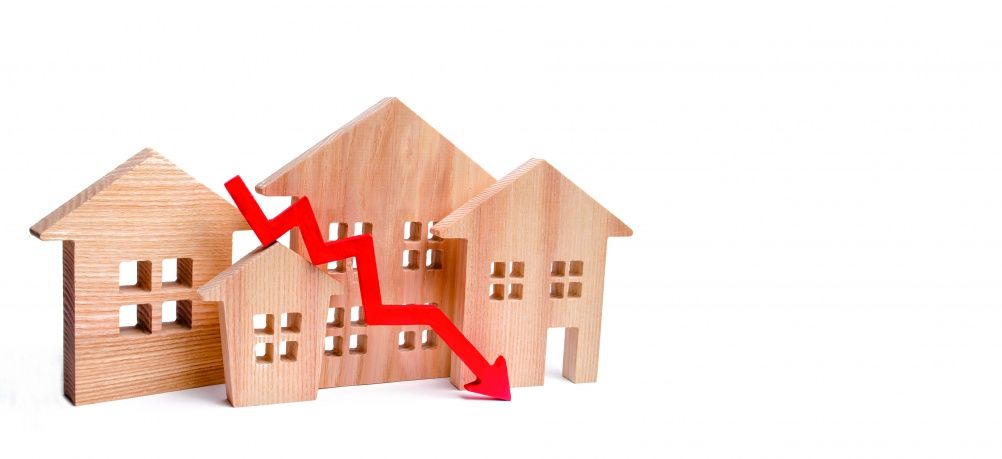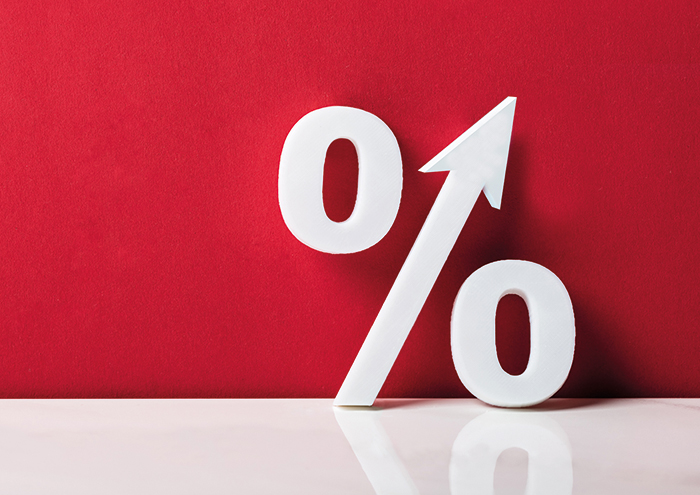
Despite weaker demand than a year ago, sales agreed have reached their highest point this year and are up 11% on the five-year average. This is according to Zoopla’s latest House Price Index.
Average house prices fell 1.3% over the last six months but the speed of the fall has been slowing as buyer confidence improves and more sales are agreed.
However, Zoopla reveals there are distinct differences in the strength of demand and the number of sales across the country.
Demand and sales agreed are running above the five-year average in Scotland, the North East and London, which have been the best-performing regions over the last four weeks.
In contrast, demand for housing in regions in southern England is lagging behind as these regions posted above-average house price growth in recent years, ahead of earnings.
This has added to affordability challenges and the impact of higher mortgage rates.
Annual house price growth has slowed in key cities including Oxford (+0.1%), Cambridge (+0.3%), Reading (0.8%) and Brighton (+0.8%).
Despite more sales, sellers need to remain realistic with asking prices to attract sufficient buyer interest. 18% of homes currently listed for sale on Zoopla have had the asking price cut by more than 5%, down from 28% in February.
A proportion of landlords continue to sell homes in the face of higher mortgage rates and rising costs. Just over one in ten (11%) homes currently listed for sale on Zoopla were previously rented out – down from a pandemic-driven peak of 14% in 2020 when rents were falling in London and other major cities.
Historically, around half of these homes listed for sale return to the rental market having been unable to find a buyer – or are bought by another investor. This proportion has fallen to a third more recently as more landlords look to cash in on capital gains to pay down debt or fund retirement.
The average price of a previously rented home is £190,000, 25% below the average value of an owned home. These properties appeal to first-time buyers who often want to buy cheaper ‘doer-upper’ homes.
The increased supply of cheaper homes will be supporting sales activity from first-time buyers (an important group who accounted for over one in three sales last year) in the market.
The decline in house prices since last autumn has been modest in comparison to some expectations. The biggest impact of higher mortgage rates and the cost of living is on sales volumes which, while starting to rebound, are on track to be 20% lower than last year.
The impact of mortgage rates on house prices has been tempered by mortgage regulations introduced in 2015. All new borrowers have had to prove to their bank that they can afford 6-7% mortgage rates even though they might have been paying 1% or 2%.
This means that the market has been effectively operating at higher mortgage rates. Banks are currently testing whether borrowers can afford 8% mortgage rates which have squeezed more buyers out of the market.
Foxtons chief executive Guy Gittins explains that the market dynamic for sales rebounded much stronger than many had forecast at the start of the year, after a period of inactivity following the government’s Mini Budget.
“This demand for London property is caused by the backlog of needs-based buyers who were looking to move following COVID-19, which was so great it has yet to be satisfied, despite the increased cost to buy. As well, given the extreme supply and demand imbalance in the lettings market, more renters who are in a position to buy have accelerated their search”.
He adds: “New buyer activity has led to consistently higher viewing numbers than we have seen at any point in the last six years. In fact, our buyer numbers year to date are tracking very closely with the buyer numbers this time last year, which most people would refer to as the most buoyant market we’ve seen since 2016. Our growing pipeline of business gives us every expectation that the rest of this year will continue along this positive track.”



